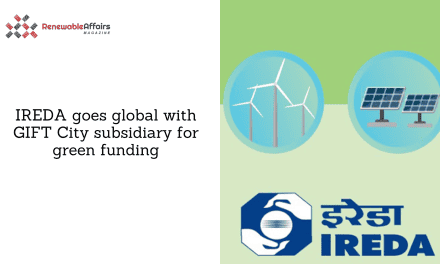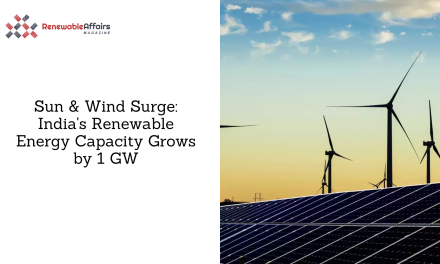
India aims to achieve clean energy production and reduce the dependency on fossil fuels for electricity production is going to be improved as renewable energy installation has seen remarkable growth. The latest report by Rystad Energy found India has achieved a record of installing 7.1 GW of renewable energy sources in March and the annual installed renewable energy is 18.5 GW.
The main source of clean energy in India comes from solar installation which contributes about 40% of the total renewable energy installation in 2023. In March, the record of solar installation was over 6.2 GW. The Ministry of Power stated that renewable energy sources from solar, hydro, wind and other clean energy with a capacity of 103GW are under construction.
India is fully dependent on fossil fuels for electricity generation, in 2023 about 56% of total electricity was produced by fossil fuels like solar, coal, gas, and diesel. The government has aimed to generate 500 GW of electricity from renewable sources by 2032, to meet this target an annual installation of 30GW capacity is needed consistently.
Rohit Pradeep Patel, Vice President of Renewables and Power Research at Rystad Energy has focused on the fact that the aim of reducing carbon emission is only possible if the nation maintains the intensity noticed in recent months. Besides this, He also stated there are persistent challenges like ensuring grid stability and the high integrated cost that comes with introducing renewable energy capacity.
According to the Ministry of Power, the government has started to set up Ultra Mega Renewable Energy Parks in many states for clean energy production, which led to Green Energy Corridors and 13 Renewable Energy Management Centres nationwide.
Gujarat is high in clean energy production among several states, having an annual outcome of 29,450 million units in 2023. Further, this state has also seen a boost in production as Adani set up solar projects this year.
India has shown an increase in clean energy which also boosts the production of solar panels. The government helps the local markets by creating a new scheme like production-linked incentives, to overcome the challenges they faced by the competitors in an international market.




